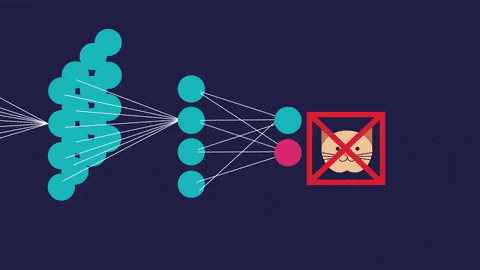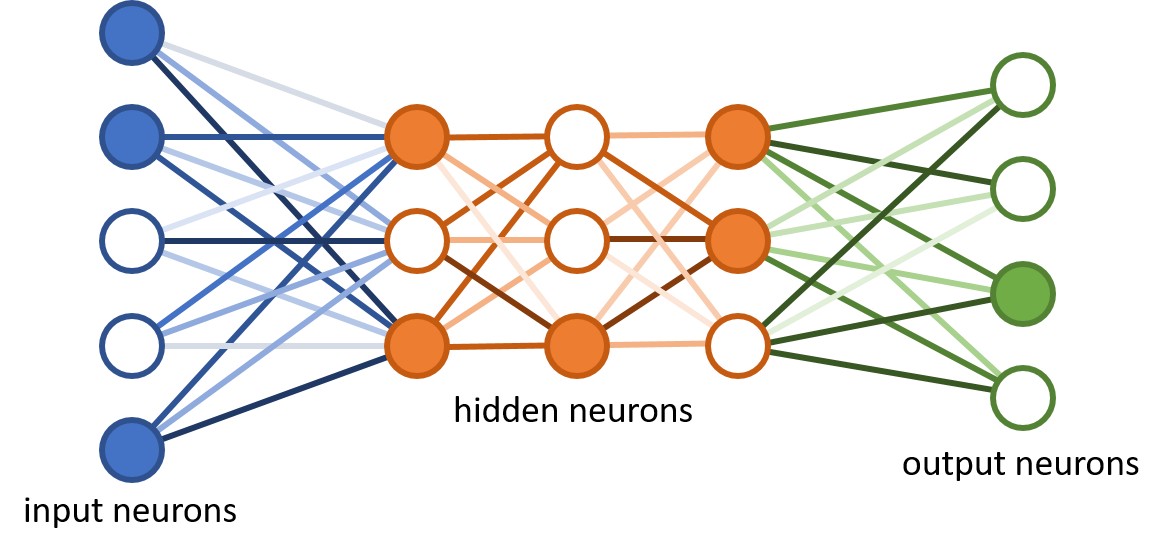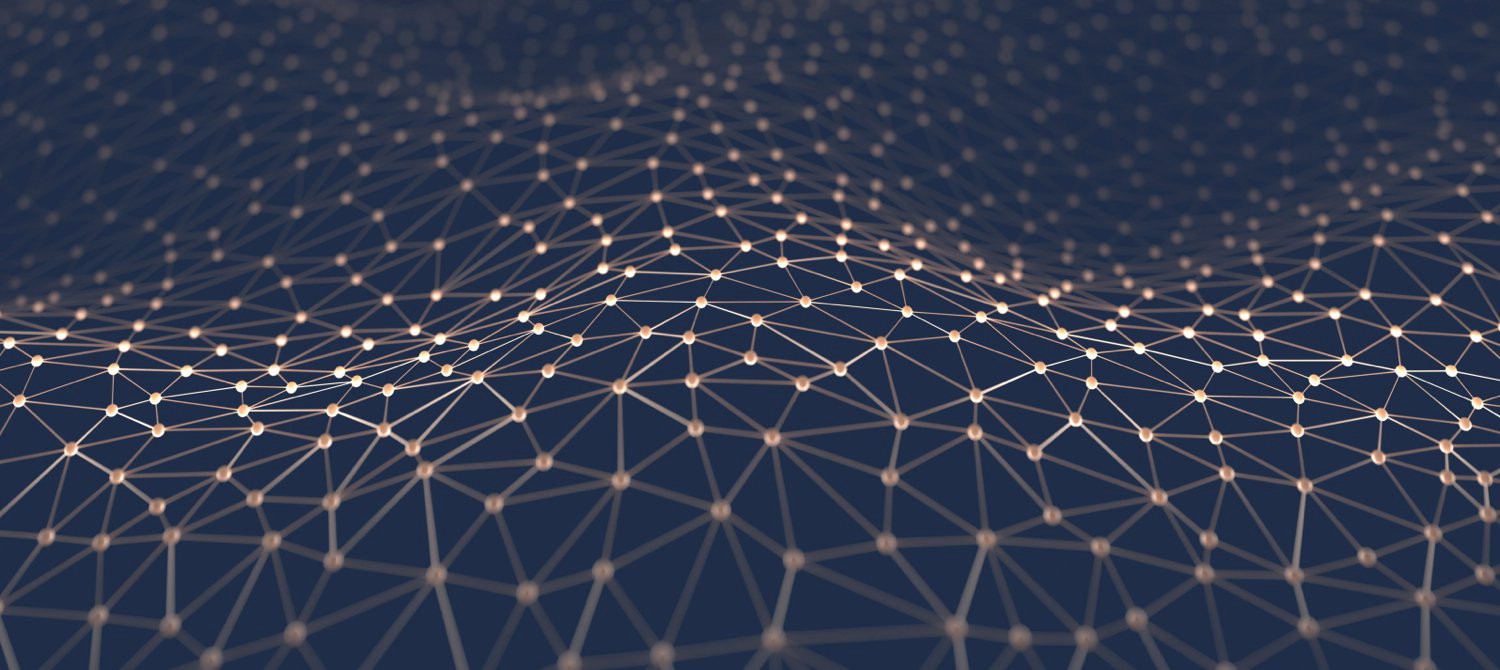What is “Neural Network”
Modern neuroscientists often discuss the brain as a type of computer. Neural networks aim to do the opposite: build a computer that functions like a brain.
Of course, we only have a cursory understanding of the brain’s complex functions, but by creating a simplified simulation of how the brain processes data, we can build a type of computer that functions vary from a standard one.
Computer processors process data (“in order”). They perform many operations on a set of data, one at a time. Parallel processing (“processing several streams at once”) speeds up the computer by using many processors in series.

An artificial neural network (so called to distinguish it from the actual neural networks in the brain) has a different structure. It’s interconnected. This allows it to process data vary, learn from that data, and update its own internal structure to improve performance.
The high degree of interconnectedness, but, has some astounding effects. For example, neural networks are very good at recognizing obscure patterns in data.
Some historical facts about Neural Network
Although neural networks are massively innovative computer technologies, the idea goes back to 1943, with 2 prospectors from the Chicago Institute, Warren McCullough, a neurophysiologist and Walter Pitts, a student.
Their article “Logical calculation of thoughts immanent in angry business efficiency” was published for the first time in the journal Brain Theory, which explained the concept that the activation of a neuron is considered the main thing of brain energy. However, this act is largely related to the development of the cognitive doctrines of such a time, and 2 prospectors moved to the Massachusetts Scientific and Technical University, in 1952, to begin the first section of cognitive science.
In the 1950s, neural intrigues were a fertile field for studying computerized neural intrigues, including Perceptron, which provided visual definitions of images based on the difficult eye of a fly. In 1959, 2 prospectors from the Stanford Institute designed MADALINE (almost all ADAptive LINear Elements), with a neural network extending from beyond the theoretical and taking on an important issue. MADALINE was used to reduce the number of echoes on the telephone line, to increase the quality of the voice and was so successful, as if it remains in paid use for the current time. Despite the initial interest in the artificial origin of neural networks, the 1969 book from the Massachusetts Scientific and Technical University, Perceptrons: the introduction to computational geometry deserves interest. The creators showed their own skepticism in the artificial origin of neural networks and, as probably, it is probably considered a dead end in the search for the genuine artificial origin of the mind. Probably muffled this area for studies in the 1970s movement, both in terms of interest and in financing. Despite the fact that certain aspirations lasted, and in 1975 the first multi-layer network was invented, opening the way for the upcoming development in neural networks, an acquisition that some considered to be unfeasible less than in 10 years.
Enthusiasm by 1982 was renewed in neural networks, as soon as John Hopfield, Dr. of Princeton Institute, came up with an associative neural network; the innovation was contained in the fact that these had the opportunity to wander, as previously it was only unidirectional, and is also famous for its own inventor as the Hopfield Network. Moving forward, artificially derived neural wiles use great reputation and recovery.

How neural networks learn
Unlike other algorithms, neural networks with their deepest learning do not have any chance of being programmed for the task. Faster, they have a need, like the developing brain of a baby, so that they need to find out the information. The learning strategies go through three methods
- Supervised learning: This learning strategy is the simplest, as there is a labeled dataset, which the computer goes through, and the algorithm gets modified until it can process the dataset to get the desired result.
- Unsupervised learning: This strategy gets used in cases where there is no labeled dataset available to learn from. The neural network analyzes the dataset, and then a cost function then tells the neural network how far off of target it was. The neural network then adjusts to increase the accuracy of the algorithm.
- Reinforced learning: In this algorithm, the neural network is reinforced for positive results, and punished for a negative result, forcing the neural network to learn over time.

Application of Neural Networks
Neural networks are used, with applications for financial operations, enterprise planning, trading, business analytics, and product maintenance. Neural networks have also gained widespread adoption in business applications such as forecasting and marketing research solutions, fraud detection and risk assessment.
A neural network evaluates price data and unearths opportunities for making trade decisions based on data analysis. The networks can distinguish subtle nonlinear interdependencies and patterns other methods of technical analysis cannot. But, a 10 percent improvement in efficiency is all an investor can ask for from a neural network. There will always be data sets and task classes that a better analyzed by using before developed algorithms. It is not so much the algorithm that matters; it is the well-prepared input data on the targeted indicator that determines the level of success of a neural network.
Types of neural networks
There are different kinds of deep neural networks – and each has advantages and disadvantages, depending on the use. Examples include:
- Convolutional neural networks (CNNs) contain five types of layers: input, convolution, merge, connect and output. Any layer owns a certain target, for example, summation, inclusion or activation. Convolutional neural intrigues explained the classification of images and the detection of objects. However, CNN is still used in other areas, such as natural language processing and prediction.
- Recurrent neural networks (RNNs) apply consistent information, such as data with a time stamp from a sensor device or a pronounced instruction consisting of a sequence of definitions. Unlike conventional neural grids, all inputs to the recurrent neural network are not dependent on each other, and the output for each element depends on the calculations of its past elements. RNNs are used in forecasting and timeline applications, mood analysis and other text applications.
- Feedforward neural networks, in which each perceptron in one layer is connected to every perceptron from the next layer. Information is fed forward from one layer to the next in the forward direction only. There are no feedback loops.
- Autoencoder neural networks are used to create abstractions called encoders, created from a given set of inputs. Although like more classical neural networks, autoencoders seek to model the inputs themselves, and thus the method is considered unsupervised. The premise of autoencoders is to desensitize the irrelevant and sensitize the relevant. As layers are added, further abstractions are formulated at higher layers (layers closest to the point at which a decoder layer is introduced). These abstractions can then be used by linear or nonlinear classifiers.
Why are neural networks important?
Neural networks are also suited to help people solve complex problems in real-life situations. They can learn and model the relationships between inputs and outputs that are nonlinear and complex; make generalizations and inferences; reveal hidden relationships, patterns, and predictions; and model volatile data (such as financial time series data) and variances needed to predict rare events (such as fraud detection). As a result, neural networks can improve decision processes in areas such as:
- Credit card and Medicare fraud detection.
- Optimization of logistics for transportation networks.
- Character and voice recognition, also known as natural language processing.
- Medical and disease diagnosis.
- Targeted marketing.
- Financial predictions for stock prices, currency, options, futures, bankruptcy and bond ratings.
- Robotic control systems.
- Electrical load and energy demand forecasting.
- Process and quality control.
- Chemical compound identification.
- Ecosystem evaluation.
- Computer vision to interpret raw photos and videos (for example, in medical imaging and robotics and facial recognition).

Neural Networks & Artificial Intelligence
In some circles, neural networks are thought of as “brute force” AI, because they start with a blank slate and hammer their way through to an accurate model. They are effective but to some eyes inefficient in their approach to modeling, which can’t make assumptions about functional dependencies between output and input.
That said, gradient descent is not recombining every weight with every other to find the best match – its method of pathfinding shrinks the relevant weight space, and thus the number of updates and required computation, by many orders of size.




